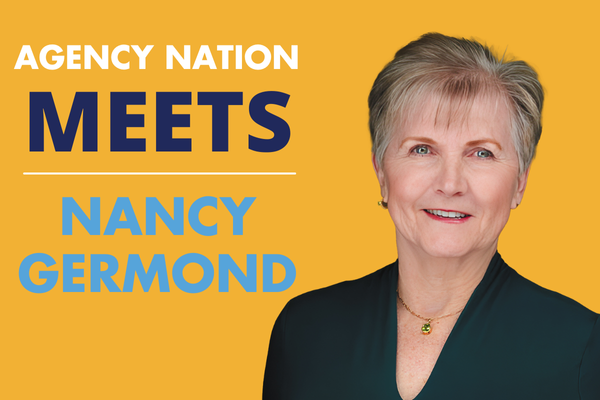3 BOP Coverage Trends to Discuss with Small Businesses

By: Jacquelyn Connelly
It’s an uncertain time for your small commercial clients as important issues like health care and tax reform continue to be shifting targets.
But if the economy continues to improve and U.S. businesses eventually face lower health care costs and tax cuts, “I think you’ll see small commercial business thrive and new ventures emerge,” says Dan Gaynor, senior vice president, chief underwriting officer at The Main Street America Group. “That will be good for the insurance industry and the BOP market.”
BOP insurance doesn’t usually see much action year over year. Brian Kearney, chief underwriting officer, select accounts at Travelers, calls the current market “relatively profitable and competitive.”
“The market’s healthy, and as a result, pricing has been stable,” Kearney says. “Barring any unforeseen circumstances, the marketplace appears relatively stable throughout 2017.”
Gaynor points out that because the first quarter of 2017 marked above-average catastrophe losses, “you might see a little tightening in cat areas. But I doubt it will have an impact because of continued lower reinsurance costs. Until they get higher reinsurance costs on those cat treaties, you’re probably not going to see much change. Moving forward, I think you’ll continue to see flat pricing for the good risks.”
In this stable setting, Lynn LaGram, assistant vice president of small commercial product at The Hartford, says BOP coverages are “ever-evolving.” From tech startups to drones, “there are a lot of exposures that are changing and new exposures that are emerging,” she explains. “It’s very important for the industry to stay current in those trends and for carriers to continue to develop products and solutions to meet the changing needs of small business owners.”
Here are three BOP coverage trends to consider highlighting with your small commercial clients this year.
Bells and whistles. Most insurers follow the standard BOP, but today, more and more are starting to “add their own extension endorsement” to that baseline, Gaynor says. Endorsements may include additional coverages and accounts receivable, systems coverages and other enhancements. “Most of the extensions are focused on your traditional coverages and just trying to fill any gaps you might see,” Gaynor explains.
Cyber developments. As more small businesses become comfortable with the idea that cyber insurance is necessary, make sure you read all cyber forms carefully. Agents must help translate policy language for clients so they understand exactly what kind of coverage they’re purchasing.
“Cyber coverage means different things to different people,” Gaynor points out. “You really need to make sure you understand the coverage and what is being offered—since it’s still such a new coverage, terminology is not universal across the industry. What one company means by using a term might mean something different compared to another carrier.”
Insureds that use the cloud, for example, may require an extra endorsement in order to secure coverage for exposures like lost income or extra expenses resulting from a cloud service interruption. “A lot of small business owners use the cloud to run the day-to-day operations of their business—think about running a website, think about a point of sale system,” LaGram points out. “Any kind of interruption to that cloud service provider could be quite costly to a business.”
Business continuity planning. On that note, many small businesses don’t realize what they may have at stake if they’re unable to operate their business for an extended time period.
“The beginning of this year was another tough quarter in terms of bad weather,” Kearney says. “We see that with disasters like large storms, hailstorms, tornados—anything that can impact a small business with that level of damage—oftentimes they’re not able to go back into business, especially if they don’t have the right coverage.”
Make sure your clients have the right business income coverage and limits to sustain them while they get back up and running, Kearney advises. “It used to be that all BOPs just provided actual loss sustained business income, but because of the prevalence of new and different types of exposures and businesses, not every small commercial policy would provide that coverage now,” he explains.
Beyond securing the proper insurance, it’s also your job to help your small business clients “understand business practices around their supply chain and make sure they’ve got the right contracts and suppliers in place in the event that something happens,” Kearney adds.
Jacquelyn Connelly is IA senior editor.










